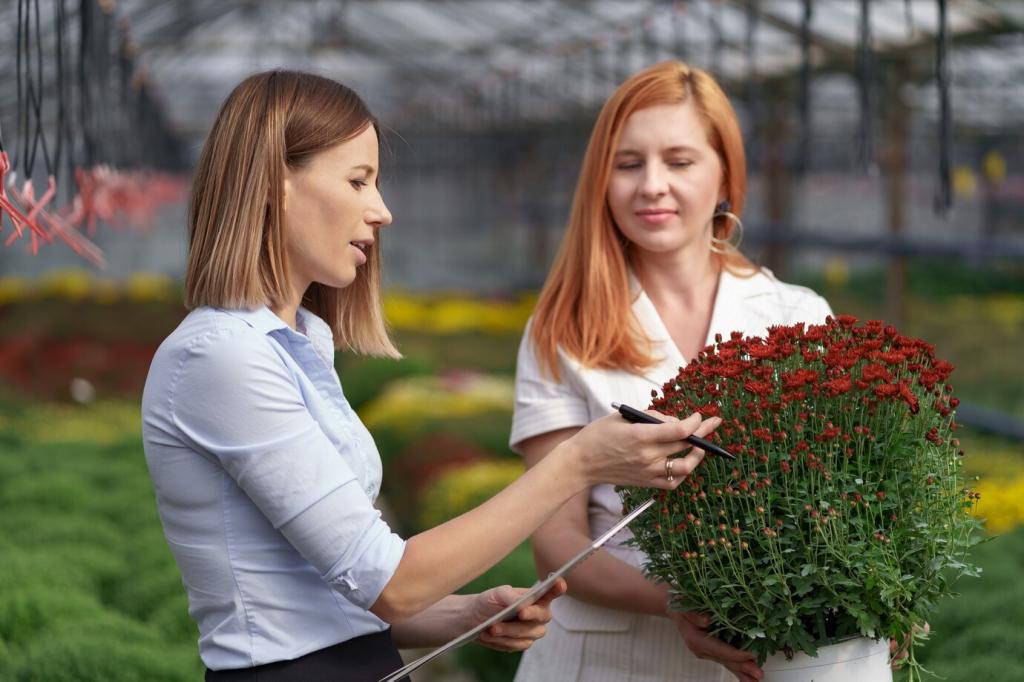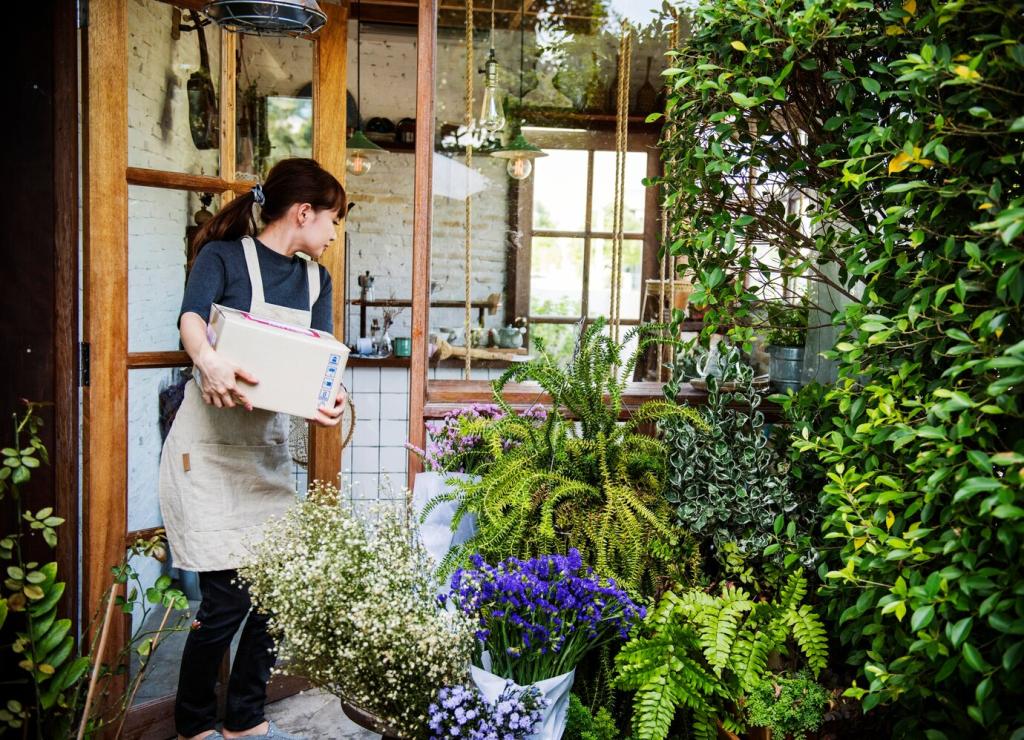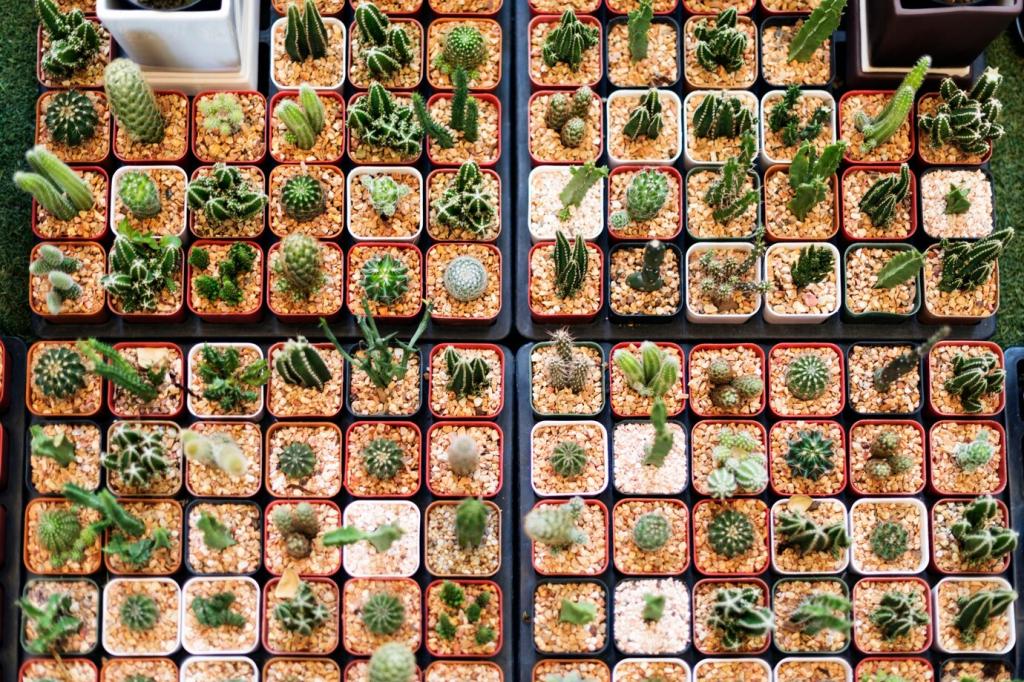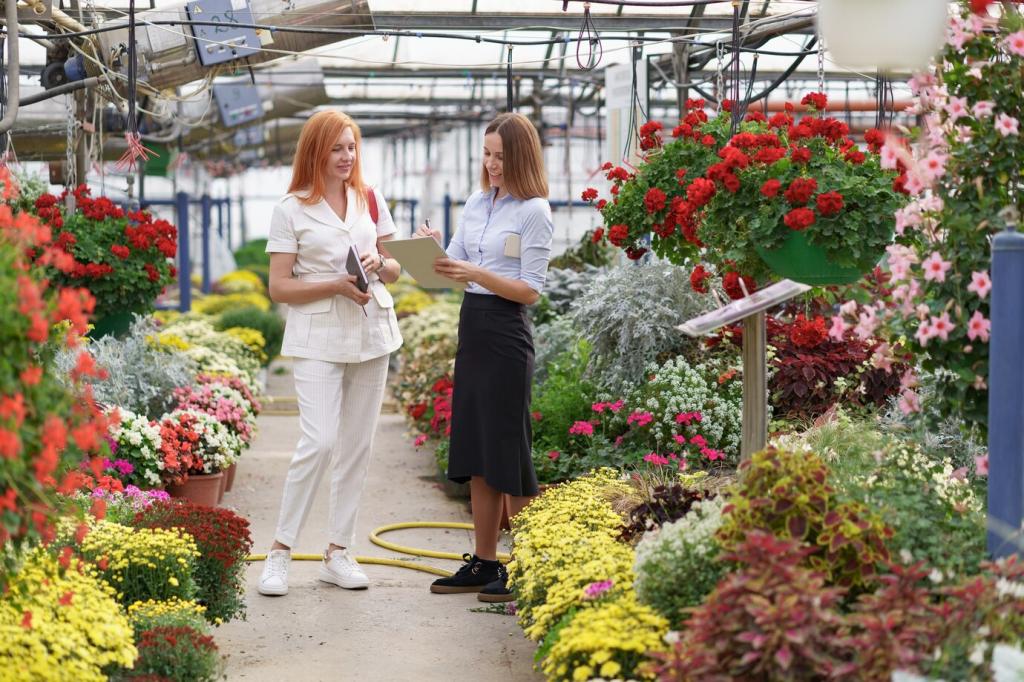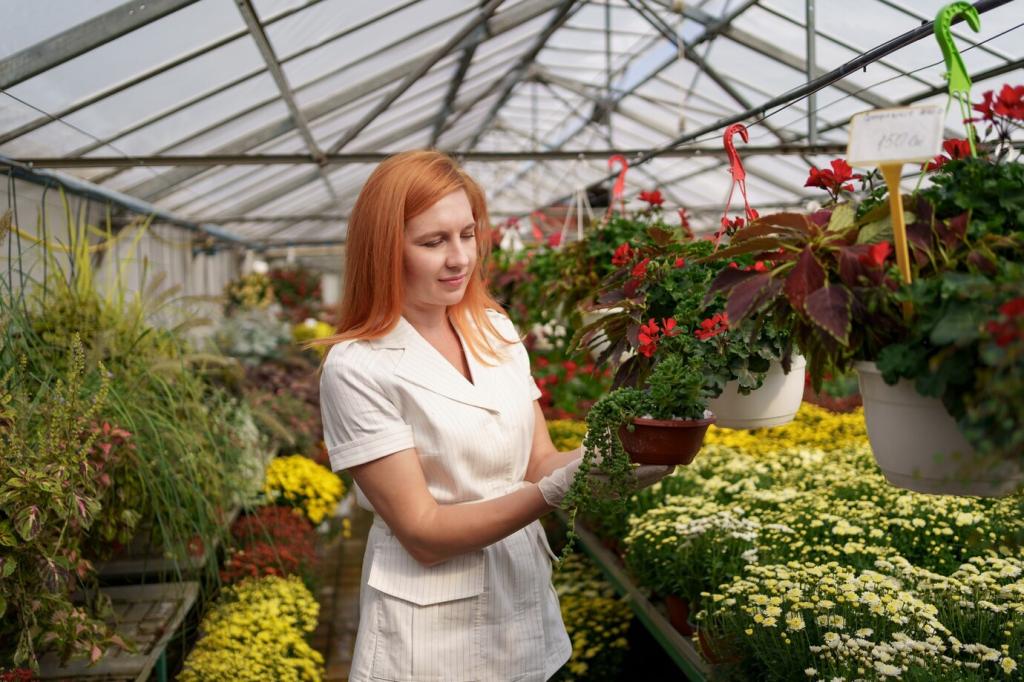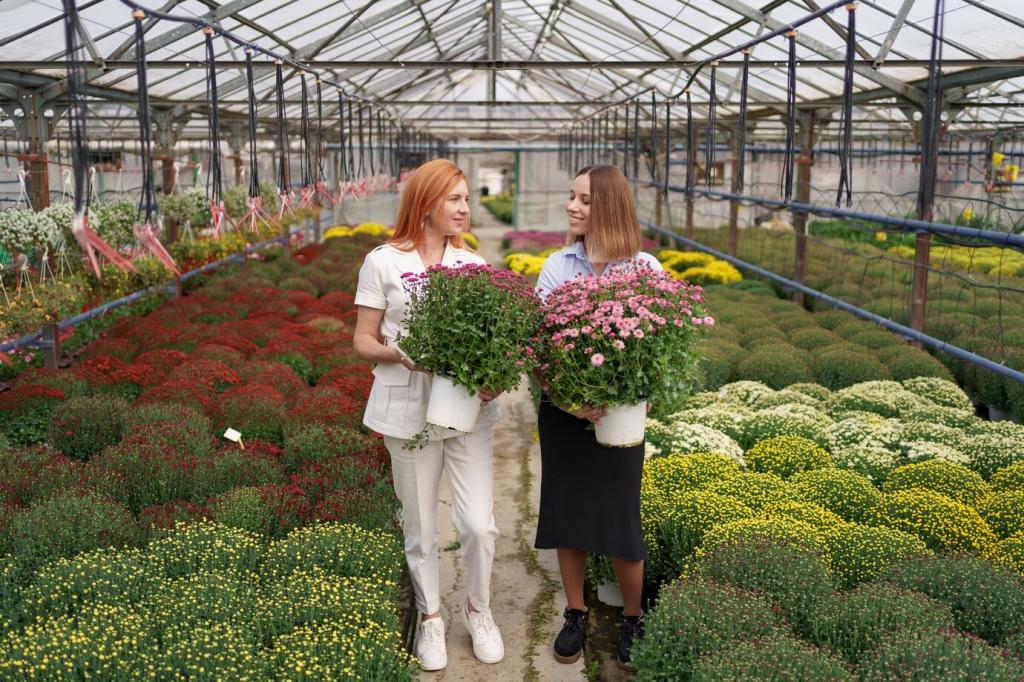A Native Plant Palette for Allotment Beauty and Resilience
For open, sunny strips, try Achillea millefolium, Knautia arvensis, Salvia pratensis, and Centaurea jacea with grasses like Festuca rubra and Deschampsia cespitosa. These host wild bees, hoverflies, and butterflies, while staying tidy with light deadheading. Share photos of your first bloom to help others judge spacing and height.
A Native Plant Palette for Allotment Beauty and Resilience
Beneath fruit trees or along fences, plant Anemone nemorosa, Primula veris, Geranium pratense, and violets, then weave in Carex species for structure. Add Sambucus nigra or Corylus avellana where allowed, pruned to allotment guidelines. Comment with your shade hours, and we will suggest a layered plan.

